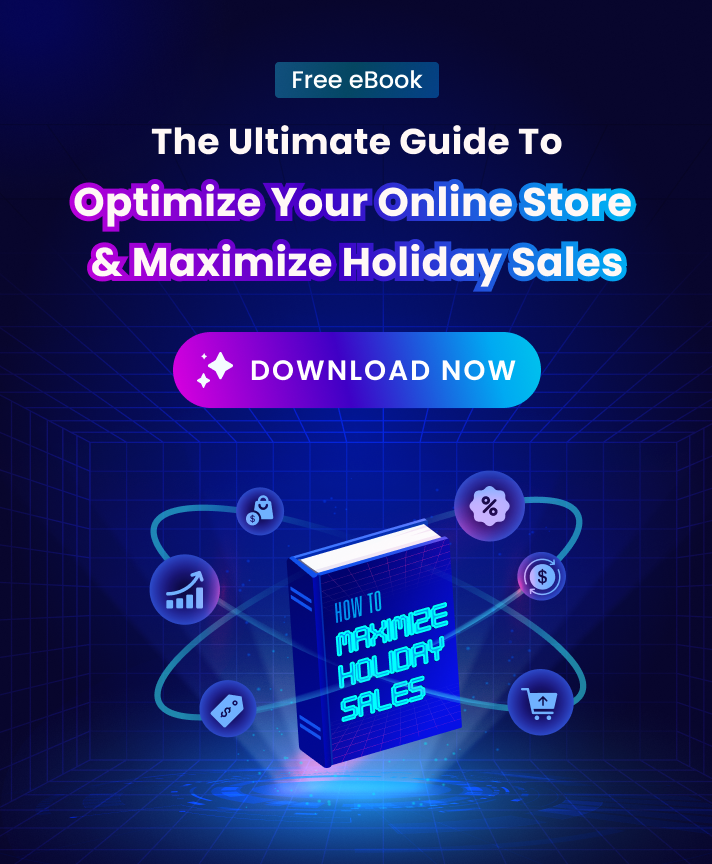What is Product Ranking in general?
Product Ranking is a process used by eCommerce websites to choose which products will appear in search results when customers conduct in-store searches.
Why should you optimize Product Ranking?
You can have fine-grained control over the products that appear and their order in search results and on category pages by using product ranking.
Consider the dress category page on your storefront. You want to promote particular dresses to the top of the page in a particular order if a customer searches for “red” on the dress category page. You also want to block particular dresses from appearing in the search results. Product ranking rules can be used to achieve this behavior.
Using product ranking, you can arrange products in a particular order on a category page.
Product ranking rules specify the items you want to highlight and any products you wish to ban in the search results or on category pages. Along with a context that identifies the precise search terms that cause the rule to apply, product ranking rules also contain category pages to which the rule can always be applied.
Optimized ranking generates 20% higher income for an online pharmacy thanks to customized sorting control.



According to Amazon’s own data, 35% of e-commerce shoppers are likely to pick up the first product ranked on the search page
Examples of popular ranking methods
A typical search engine integrated into your e-commerce platform makes use of proven, open-source tools like ElasticSearch (Bigcommerce) or Solr (Shopify), which, at their core, use conventional algorithms [TF/IDF, BM25] to rank search results. These algorithms simply compare phrases from a search query to terms from product descriptions.
- Popularity varies amongst different products.
- Costs vary.
- Before conducting a search, the customer had previously looked at a number of products, which provided us with insight into his or her interests.
- There are some goods with higher ratings than others.
- International customers go online shopping.
- Customers use a variety of platforms and device types.
Standard search engines like ElasticSearch generally ignore all these useful snippets of data, providing users with less pertinent results.
Amazon is a large platform that uses the A9 Algorithm. Amazon’s algorithm must display results that closely match the shopper’s search term since it wants to increase the likelihood that the customer will make a purchase. Relevance is the key component of Amazon’s A9 Algorithm; the more relevant your listing is to a search query, the more likely it is to appear in a prominent spot. According to Amazon, relevance is what customers buy after doing a search. Consequently, consideration is given to consumer behavior (i.e., conversions and sales velocity).
Product Ranking feature on Product Filter and Search by Boost
We already know a lot about the search query, the products displayed, and previous user activity by the time a customer looks at the search results. Due to the fact that the simplistic algorithm of your original Shopify store simply matches terms in a search query to terms discovered in product descriptions, it does not allow you to improve user experience on search quality and merchant revenue. However, at Boost, we use the Product Ranking feature for non-techies to streamline the process and combine all the information we gather from a merchant’s user activity into a single model.
When configuring the position of a single product in search results for your consumers on the Search result page and in the Instant search widget, the option Product ranking comes in particularly handy. Five different methods of ranking are now supported by Boost: No ranking, Always prioritized, Matched search, Keyword search, and At the bottom.
Note: The relevance sorting option on the search results page is the only one that the product ranking function supports.
















